
Flatford Mill (Scene On A Navigable River) (181617) Flickr
Flatford Mill (Scene on a Navigable River) is an oil painting by English artist John Constable, painted in 1816. It is Constable's largest exhibition canvas to be painted mainly outdoors, the first of his large "six-foot" paintings, and the first in the Stour series which later included The Hay Wain.
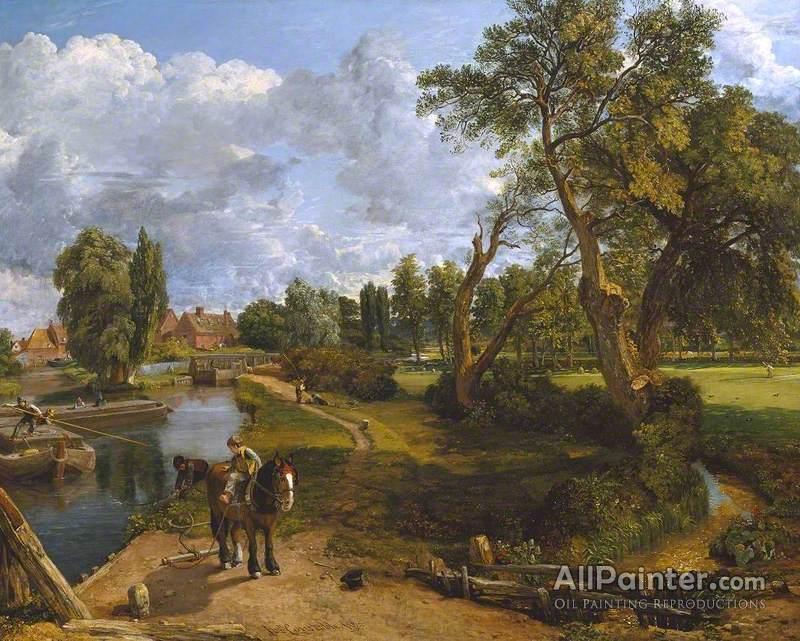
John Constable Flatford Mill ('scene On A Navigable River') Oil Painting Reproductions for sale
Flatford Mill ('Scene on a Navigable River') John Constable. Landscape painting flourished in the 19th century, ranging from the epic, through rustic nostalgia to the naturalism championed by John Constable. He based what he called his 'natural painture' on study of nature, experience of his subjects and attention to working life.
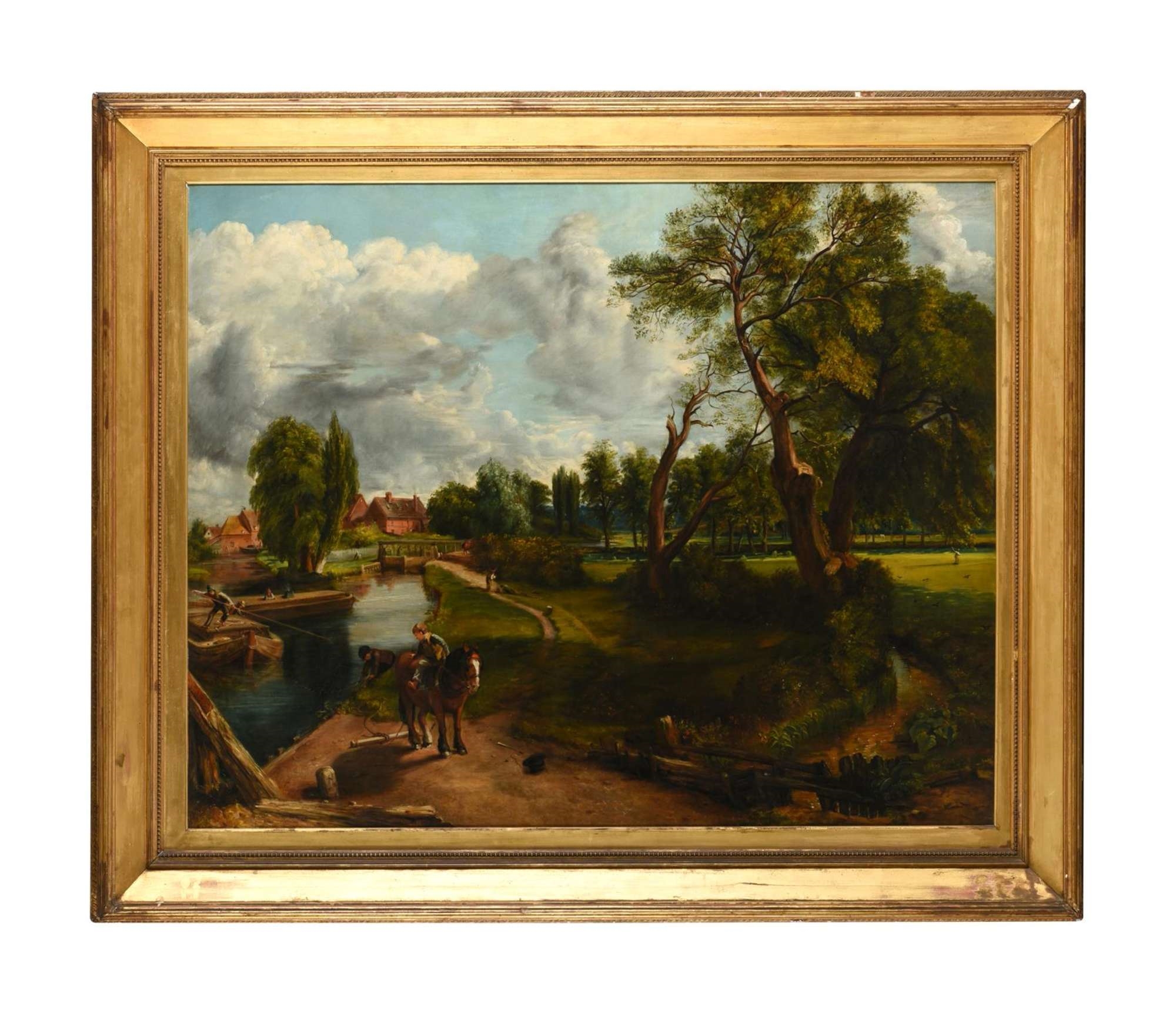
John Constable FLATFORD MILL ('SCENE ON A NAVIGABLE RIVER') MutualArt
Scene on a Navigable River Height (cm): 101.60 Length (cm): 127.00 Medium: Oil Support: Canvas Subject: Landscapes Framed: Yes Art Movement: Romanticism Created by: John Constable Current Location: London, United Kingdom Displayed at: Tate Britain Owner: Tate Britain Flatford Mill Page's Content Story / Theme Inspirations for the Work Analysis

Flatford Mill, Constable. Flatford Mill "Scene on a Navigable River Stock Photo, Royalty Free
Flatford Mill (Scene on a Navigable River) is an oil painting by English artist John Constable, painted in 1816. It is Constable's largest exhibition canvas to be painted mainly outdoors, the first of his large "six-foot" paintings, and the first in the Stour series which later included The Hay Wain. It is owned and exhibited at the Tate.

John Constable Tate Gallery N01273. Title Scene on a Navigable River (Flatford Mill). Date
The person who associated a work with this deed has dedicated the work to the by waiving all of their rights to the work worldwide under copyright law, including all related and neighboring rights, to the extent allowed by law. You can copy, modify, distribute and perform the work, even for commercial purposes, all without asking permission.

Flatford Mill, also called "Scene on a navigable river" by Constable... Photo d'actualité
Flatford Mill (Scene on a Navigable River) is an oil painting by English artist John Constable, painted in 1816. It is Constable's largest exhibition canvas to be painted mainly outdoors, the first of his large "six-foot" paintings, and the first in the Stour series which later included The Hay Wain.

John Constable 17761837 Title Flatford Mill (‘Scene on a Navigable River’) Date 181617 Medium
Flatford Mill (Scene on a Navigable River) by Tom Gurney Tom Gurney BSc (Hons) is an art history expert with over 20 years experience Published on June 19, 2020 / Updated on October 14, 2023 Email: [email protected] / Phone: +44 7429 011000. Buy John Constable Prints Now from Amazon.
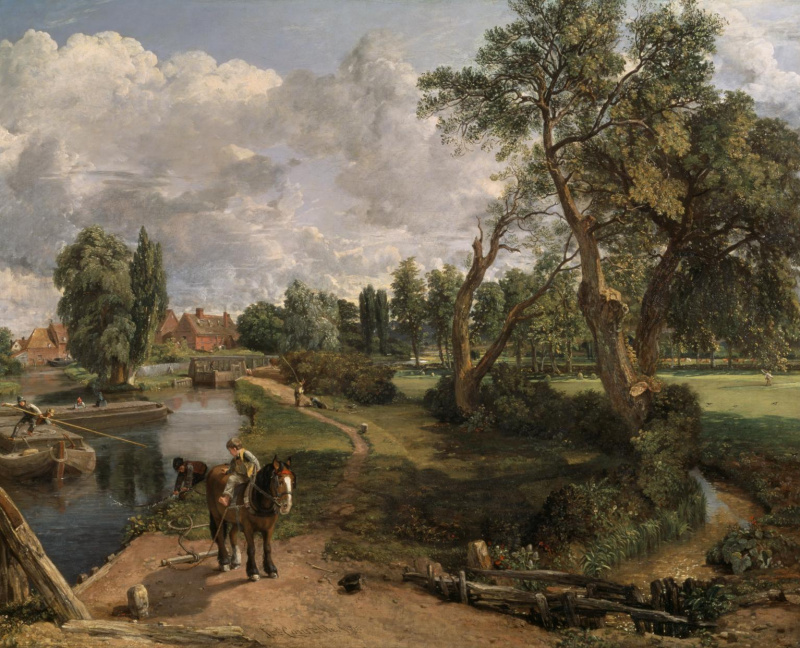
Scenes on a navigable river. Flatford Mill, 1817, 127×102 cm by John Constable History
"The nights near the Sava River are the best" - says almost everyone who lives in Zagreb, Sisak, Slavonski Brod or any other city that this river beautifies. The Sava might be in the shadow of the bigger river - Danube, but again it gained its important position in Southeastern Europe. The Sava River is home to many bird and fish species. It waters many fields and represents a natural refuge.

AFTER JOHN CONSTABLE (17761837) 'Flatford Mill (Scene on a Navigable River)', oil on canvas, 99c
John Constable, Flatford Mill ('Scene on a Navigable River') 1816-7. Tate. John Constable 9 rooms in JMW Turner JMW Turner: Rise to Fame Experiments on Paper Toil and Terror at Sea Turner and his Critics Experiments on Canvas Sea Power Travels in Europe John Constable Sunset Provision
+Artwork+by+John+Constable)
Flatford Mill ('scene On A Navigable River') Artwork By John Constable Oil Painting & Art Prints
Flatford Mill 'Scene on a Navigational River' was Constable's most ambitious painting to date and depicts a boy disconnecting a rope whilst another sits astride a tow horse along the tow path of the Stour at Flatford. Index No: 55 Date: 1816-17 Size (in cm): 133.1cm x 158.3cm Collection: Tate Medium: Oil on Canvas Artist's Viewpoint (degrees): 135

John Constable FLATFORD MILL ('SCENE ON A NAVIGABLE RIVER') MutualArt
This is a preparatory study for Flatford Mill ('Scene on a Navigable River') (1816-17, Tate Gallery N01273 ), which was largely painted outdoors in the artist's native Suffolk. The drawing is a pencil tracing of an image made with a brush on a sheet of glass held on an easel in front of the subject itself.
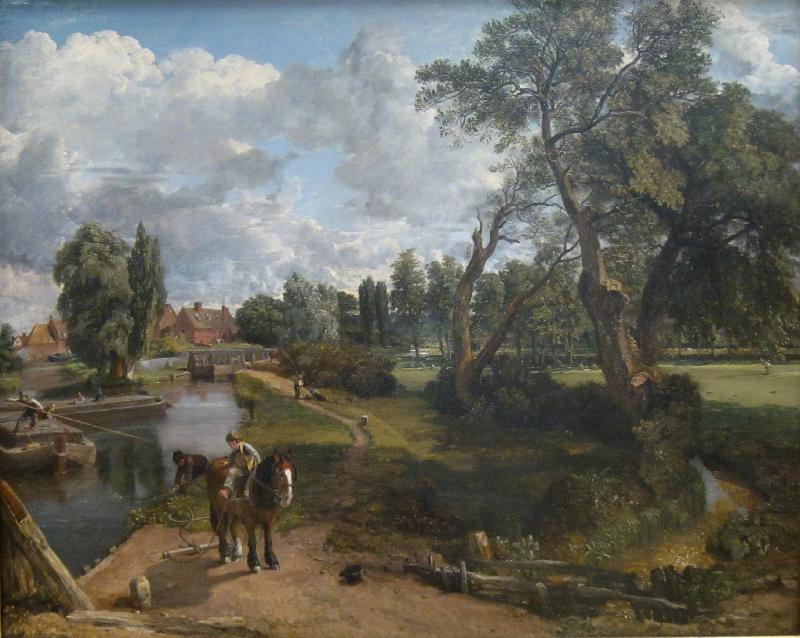
Edouard Vuillard Museum Flatford Mill or Scene on a Navigable River John Constable
Flatford Mill. 962. Historic Sites. By sandran428. Constable country. 2023. 12. Jimmy's Farm & Wildlife Park. 812. Zoos • Farms.. Some short walks around the NT estate or just sit by the River Stour & soak up the ambience. Very picturesque - literally! Read more. Review of: Flatford Mill.

John Constable, ‘Flatford Mill (‘Scene on a Navigable River’)’ 18167 Landscape Painting Lesson
Flatford Mill ("Scene on a navigable river"), 1817, was also completed primarily outdoors. It was Constable's most ambitious painting to date — a large depiction of working life along the river and an important step toward the six-foot paintings.
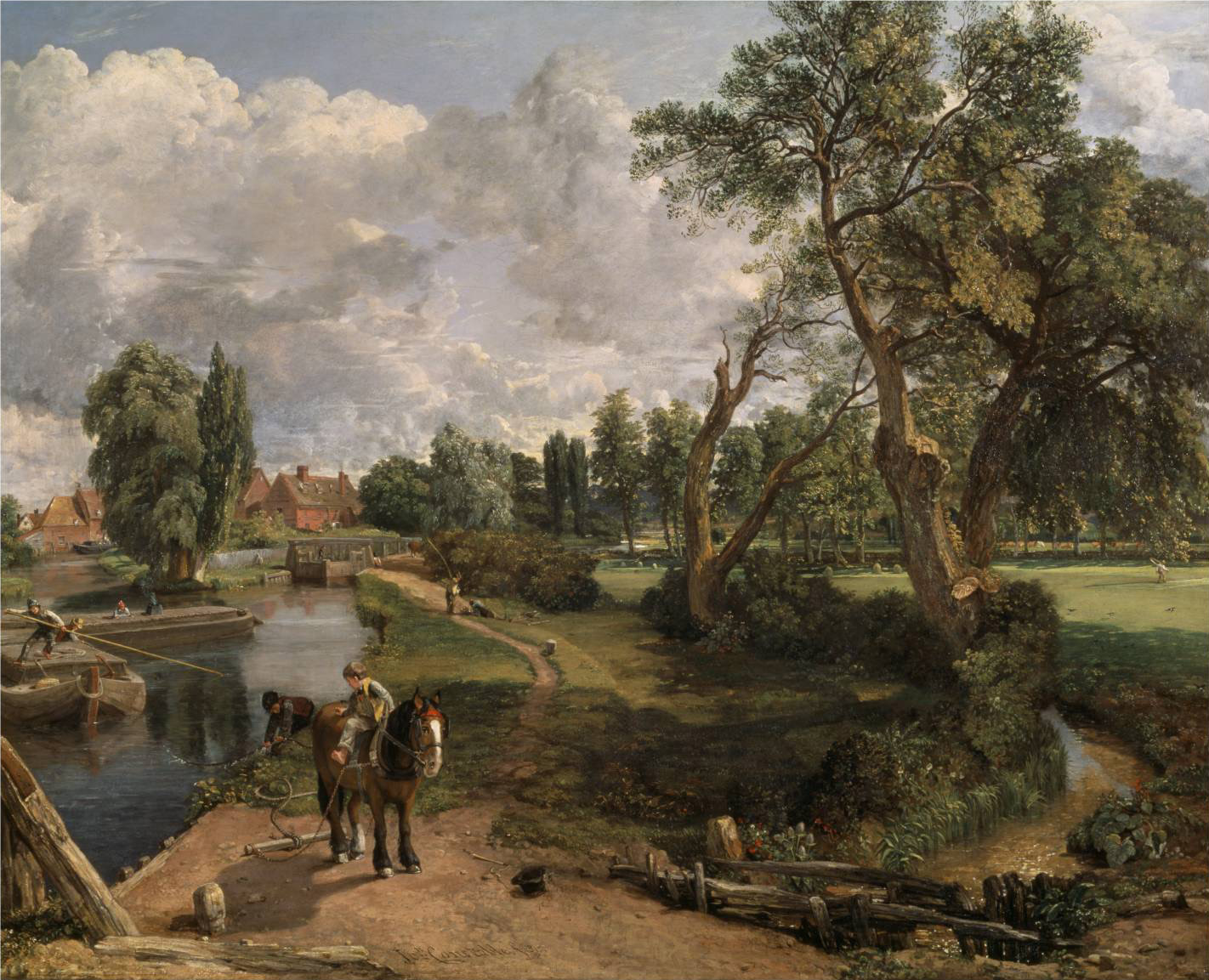
Flatford Mill Frames of Reference
Flatford Mill ('Scene on a Navigable River') (1816-7) Tate The appreciation of nature for its own sake, and its choice as a specific subject for art, is a relatively recent phenomenon.

Flatford Mill ('Scene on a Navigable River') 1000Museums
Flatford Mill ('Scene on a Navigable River'), 1816-17. John Constable. #471285. Flatford Mill in Suffolk lay at the heart of the corn milling business run by Constable's father. Constable shows a pair of barges travelling upstream with a young boy on horseback. + read more.

FlatfordMillSceneonaNavigableRiver181617OptwebTate Flatford and Constable
Summary Constable began this picture, his largest exhibition canvas to be painted mainly outdoors, a few months before his marriage to Maria Bicknell (see Tate Gallery T03900 ).